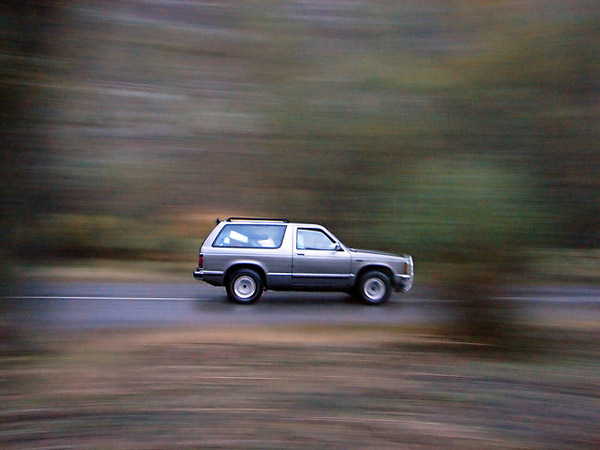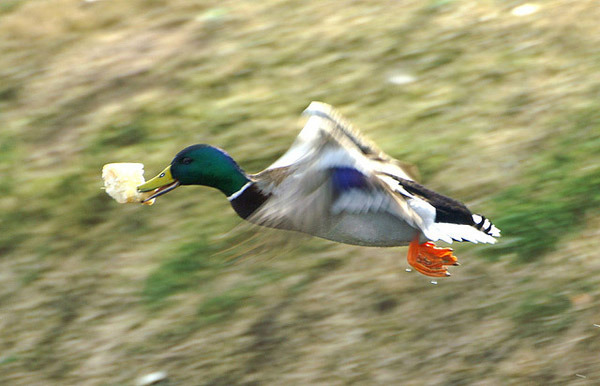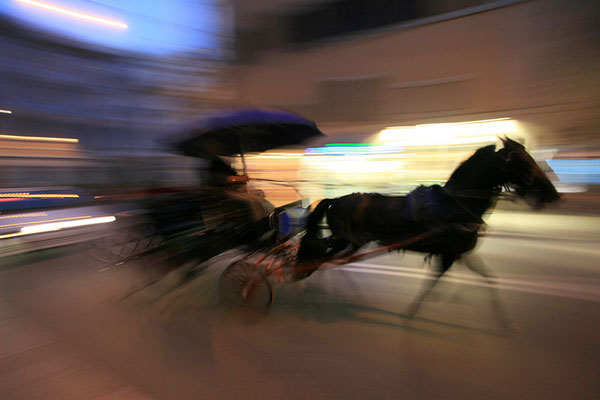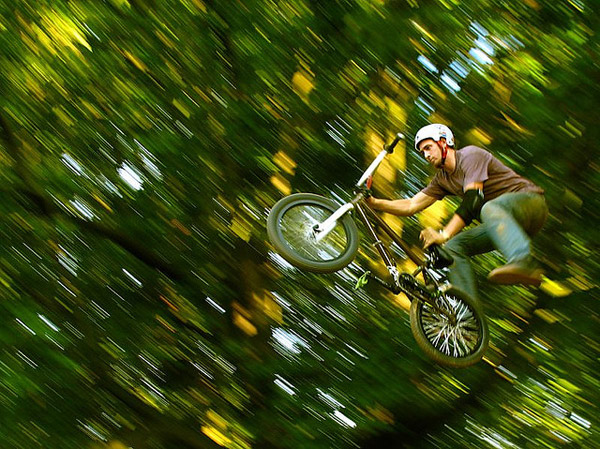Polishing Your Panning Technique
Sometimes it’s hard enough to get a great shot of a subject that is standing still right in front of you, so imagine the challenge of having to capture a relatively clear photo of a subject that is quickly moving out of your view. The panning technique is an effective way to solve this problem, but it does involve a lot of practice.
What is the Panning Technique?
In photography, panning is described as the technique of moving the camera usually in a sideways motion as it follows the movement of the subject. The shutter is kept open long enough to allow some motion blur in the background while the subject remains more or less clear and defined. The longer you follow the subject in motion, the more blurry and streaked the background will become.
Shutter Speed and the Panning Technique
Shutter speeds when using the panning technique are usually between 1/8-1/40, any slower and you stand the chance of also getting a camera shake, which would make everything unfocused, even the subject itself. If you use a faster shutter speed, you might not get enough background motion blur. The shutter speed you use also depends on the lighting conditions, the effect you want to achieve, as well as the speed and distance of the subject. Play around with the shutter speed as you practice the panning technique until you settle on a setting that will help you achieve the desired effect.

Photo by Hamed Saber
Effects of the Panning Technique
Panning can separate the subject from a busy background – the panning technique is often used in such sports as cycling, running, motor racing, and horseback riding. It blurs the busy background of the audience, trees, buildings, etc. until they are smooth streaks that allow us to keep our focus on the subject.
Panning can provide the impression of motion and speed – sometimes, we want the moving subject (or at least parts of it) to show a bit of motion blur to signify that it is moving fast. For example bicycle wheels, a bird’s wings, or a runner’s legs can show motion blur and add to the sense of overall movement.

Photo by ferran pestaña
Panning can add mood and drama to your photos – although the usual goal of this technique is to keep the subject defined as it is moving, you can also create mood by exaggerating the subject’s motion blur. This makes the subject less obvious and more mysterious, although it can still appear recognizable.

Photo by eblaser
Quick Tips on Using the Panning Technique
- Match your panning speed with your moving subject to keep it as clear as possible.
- Play with the panning angle of your camera. Although panning is usually a horizontal movement (probably because this is the easiest to achieve), you can try panning downwards, upwards, or diagonally depending on the angle of your subject’s movement.

Photo by Presleyjesus
- Use a tripod to keep the camera steady at the same level and to avoid camera shake. You can swivel the camera with the tripod from side to side, which will keep the background motion streaks nicely smooth and even.
- Follow through the panning movement by continuing the action even after you have pressed the shutter button.
- A great panned shot may not come about in the first few tries (unless you were lucky) so just be patient and practice until you get the hang of it.



